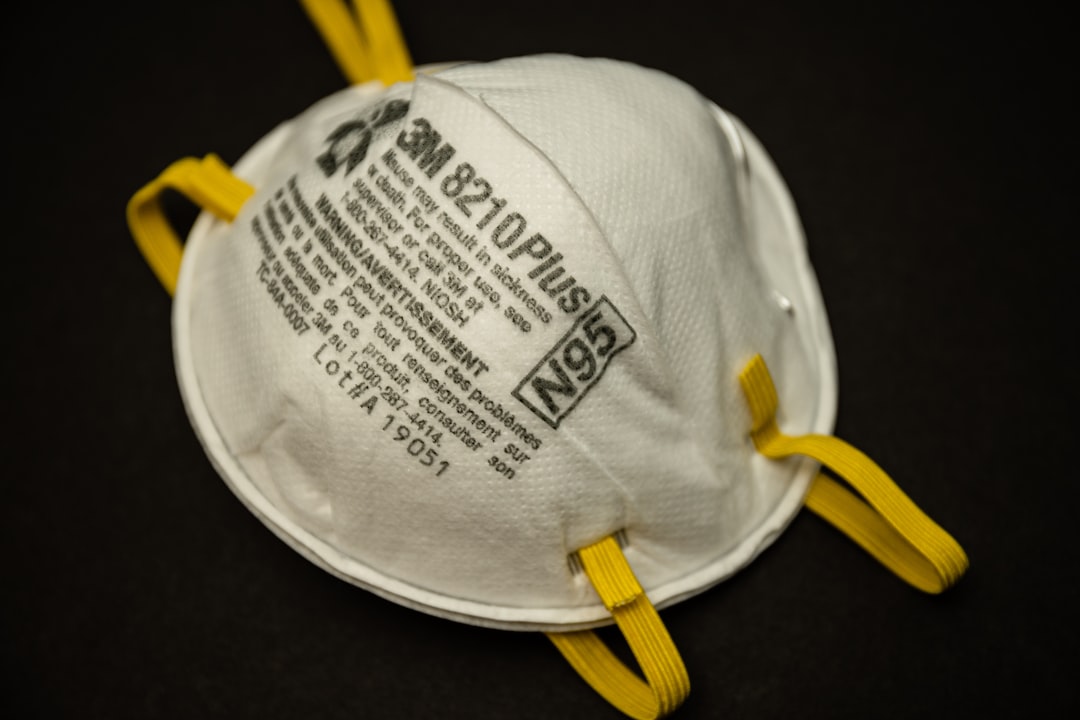What is it about?
Lead-free piezoelectric ceramics are safer and more environmentally friendly than traditional lead-based piezoelectric ceramics, but there is little research on their application potential. In this paper, lead-free piezoelectric ceramics based on potassium and sodium niobate with high performance have been applied to low frequency underwater acoustic directional broadband transducers for the first time. The advantages of light weight and wide bandwidth have been fully utilized, and the application fields of lead-free piezoelectric ceramics have been expanded.
Featured Image

Photo by Cristian Palmer on Unsplash
Why is it important?
This transducer effectively capitalizes on the advantages of KNN-based lead-free piezoelectric ceramics to achieve a lightweight design with a mass reduction of 25.6%. Additionally, it harnesses the benefits of a liquid-filled cavity to augment its pressure resistance, particularly pertinent in deep-water environments. Theoretical analyses and experimental results both demonstrate the promising prospects of using KNN-based lead-free piezoelectric ceramics in low-frequency wideband underwater acoustic transducers.
Perspectives
We hope to promote the application of lead-free piezoelectric ceramics in more fields. And it is more convenient to realize the directional transmission of the transducer in the low frequency band.
Xiuzhen Zhang
University of the Chinese Academy of Sciences
Read the Original
This page is a summary of: Low-frequency directional wideband transducer based on lead-free piezoelectric ceramics, Applied Physics Letters, January 2024, American Institute of Physics,
DOI: 10.1063/5.0181748.
You can read the full text:
Resources
Contributors
The following have contributed to this page










